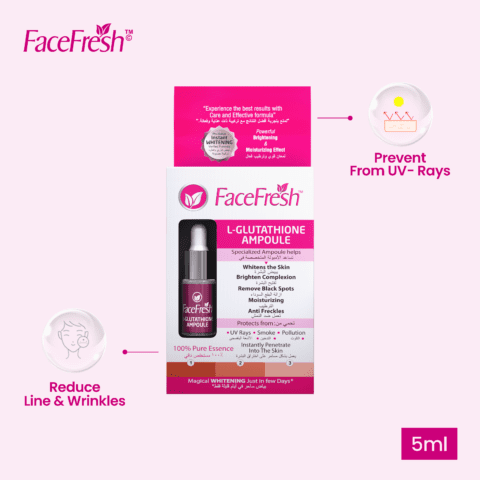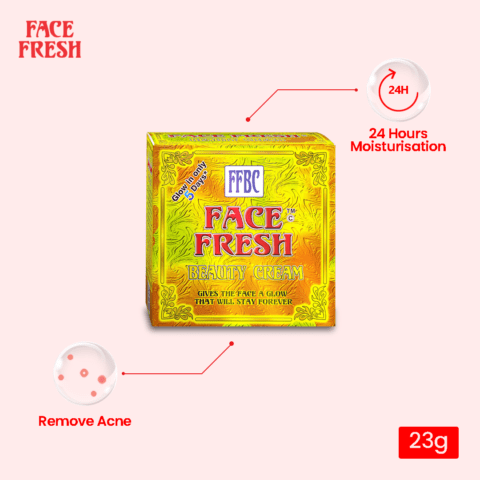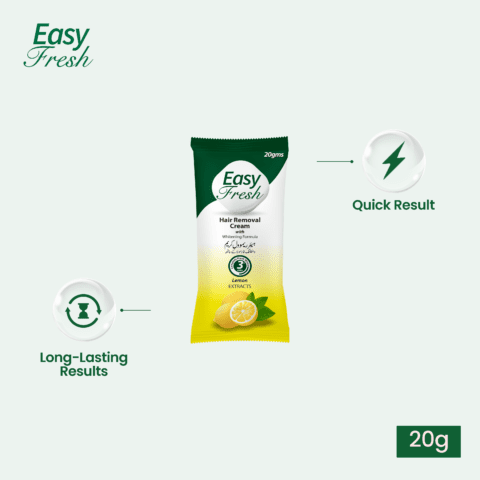Sunburn can put a damper on even the sunniest of days, leaving your skin red, painful, and irritated. However, fear not! With the right approach and treatment, you can alleviate the discomfort and promote the healing process. In this article, we will explore the causes of sunburn, its symptoms, and most importantly, a range of effective treatments that will help you bounce back from the sun’s fiery embrace.
Points to be Discussed
- Introduction
- Understanding Sunburn
- The Science Behind Sunburn
- Symptoms of Sunburn
- Importance of Early Treatment
- Home Remedies for Sunburn
- Aloe Vera: Nature’s Soothing Gel
- Cool Compresses: Instant Relief
- Hydration: Nourishing Your Skin from Within
- Oatmeal Baths: Calming Irritation
- Avoiding Harsh Products: Gentle Care
- Over-the-Counter Treatments
- Pain Relievers: Easing the Discomfort
- Hydrocortisone Creams: Reducing Inflammation
- Topical Lidocaine: Numbing the Pain
- When to Seek Medical Attention
- Prevention Is Key
- Sunscreen: Your Shield Against UV Rays
- Protective Clothing: Stylish Defense
- Seeking Shade: Limiting Sun Exposure
Introduction
Imagine spending a splendid day outdoors, basking in the warmth of the sun, only to be greeted with red, tender skin at the end of the day. Sunburn, a common skin woe, is not only painful but can also have long-lasting effects on your skin health. In this article, we will delve into the world of sunburn, exploring its causes, symptoms, and most importantly, its treatment.
Understanding Sunburn
Sunburn is more than just a superficial burn; it is a result of overexposure to the sun’s ultraviolet (UV) rays. These rays can damage the DNA in your skin cells, triggering inflammation and the characteristic redness associated with sunburn.
The Science Behind Sunburn
To comprehend sunburn’s impact, let’s explore the science behind it. When your skin is exposed to UV radiation, it initiates a cellular response to repair the damaged DNA. This response includes an increase in blood flow, which is why your skin turns red. As your body fights to repair itself, you experience the painful sensations of sunburn.
Symptoms of Sunburn
Identifying sunburn is crucial for timely treatment. Common symptoms include redness, pain, tenderness, swelling, and in severe cases, blisters. Your skin may also feel warm to the touch and appear flushed.
Importance of Early Treatment
Treating sunburn promptly not only provides relief but can also prevent further damage. Untreated sunburn can lead to peeling, increased sensitivity, and a higher risk of skin cancer.
Home Remedies for Sunburn
Aloe Vera: Nature’s Soothing Gel
Aloe vera is a natural remedy with remarkable skin-healing properties. Its anti-inflammatory effects can provide instant relief from sunburn discomfort.
Cool Compresses: Instant Relief
Applying cold compresses to sunburned areas can constrict blood vessels, reduce inflammation, and ease pain.
Hydration: Nourishing Your Skin from Within
Drinking plenty of water helps rehydrate your body, aiding in the healing process and preventing dehydration caused by sun exposure.
Oatmeal Baths: Calming Irritation
Oatmeal baths can soothe itchy, irritated skin, providing a gentle and calming effect.
Avoiding Harsh Products: Gentle Care
Steer clear of perfumed or alcohol-based products, as they can further irritate sunburned skin. Opt for gentle, fragrance-free moisturizers.
Over-the-Counter Treatments
Pain Relievers: Easing the Discomfort
Nonsteroidal anti-inflammatory drugs (NSAIDs) like ibuprofen can help alleviate pain and reduce inflammation.
Hydrocortisone Creams: Reducing Inflammation
Hydrocortisone creams can be applied topically to reduce redness and inflammation associated with sunburn.
Topical Lidocaine: Numbing the Pain
Lidocaine-containing creams or sprays can provide temporary relief by numbing the sunburned area.
When to Seek Medical Attention
While most cases of sunburn can be treated at home, severe sunburns with extensive blistering, intense pain, or signs of infection should be evaluated by a medical professional.
Prevention Is Key
Sunscreen: Your Shield Against UV Rays
Apply a broad-spectrum sunscreen with a high SPF before heading outdoors to protect your skin from harmful UV rays.
Protective Clothing: Stylish Defense
Wear lightweight, long-sleeved clothing and wide-brimmed hats to shield your skin from direct sun exposure.
Seeking Shade: Limiting Sun Exposure
When the sun is at its peak (usually between 10 a.m. and 4 p.m.), find shade to reduce your overall sun exposure.
Conclusion
Sunburn may cast a temporary shadow on your sunny days, but with proper care and treatment, you can help your skin recover and prevent future occurrences. By understanding the causes, symptoms, and effective treatments, you can embrace the great outdoors with confidence and radiant, healthy skin.
FAQs (Frequently Asked Questions)
- Can I use ice directly on sunburned skin?
- Ice should not be applied directly to sunburned skin, as it can worsen the damage. Instead, use cold compresses or a cool bath to soothe the area.
- How often should I apply aloe vera to my sunburn?
- You can apply aloe vera gel to your sunburned skin 2-3 times a day for optimal soothing and healing.
- Is it necessary to see a doctor for mild sunburn?
- Mild sunburn can usually be treated at home. However, if you experience severe pain, blistering, or signs of infection, it’s advisable to seek medical attention.
- Can I apply sunscreen once and stay protected all day?
- Sunscreen should be reapplied every 2 hours, especially if you’re sweating or swimming. Even water-resistant sunscreen can lose its effectiveness over time.
- How long does it take for sunburn to heal completely?
- The healing time for sunburn can vary depending on its severity. Mild sunburn may heal within a few days, while more severe cases can take up to two weeks or longer.






Leave a comment
Your email address will not be published. Required fields are marked *